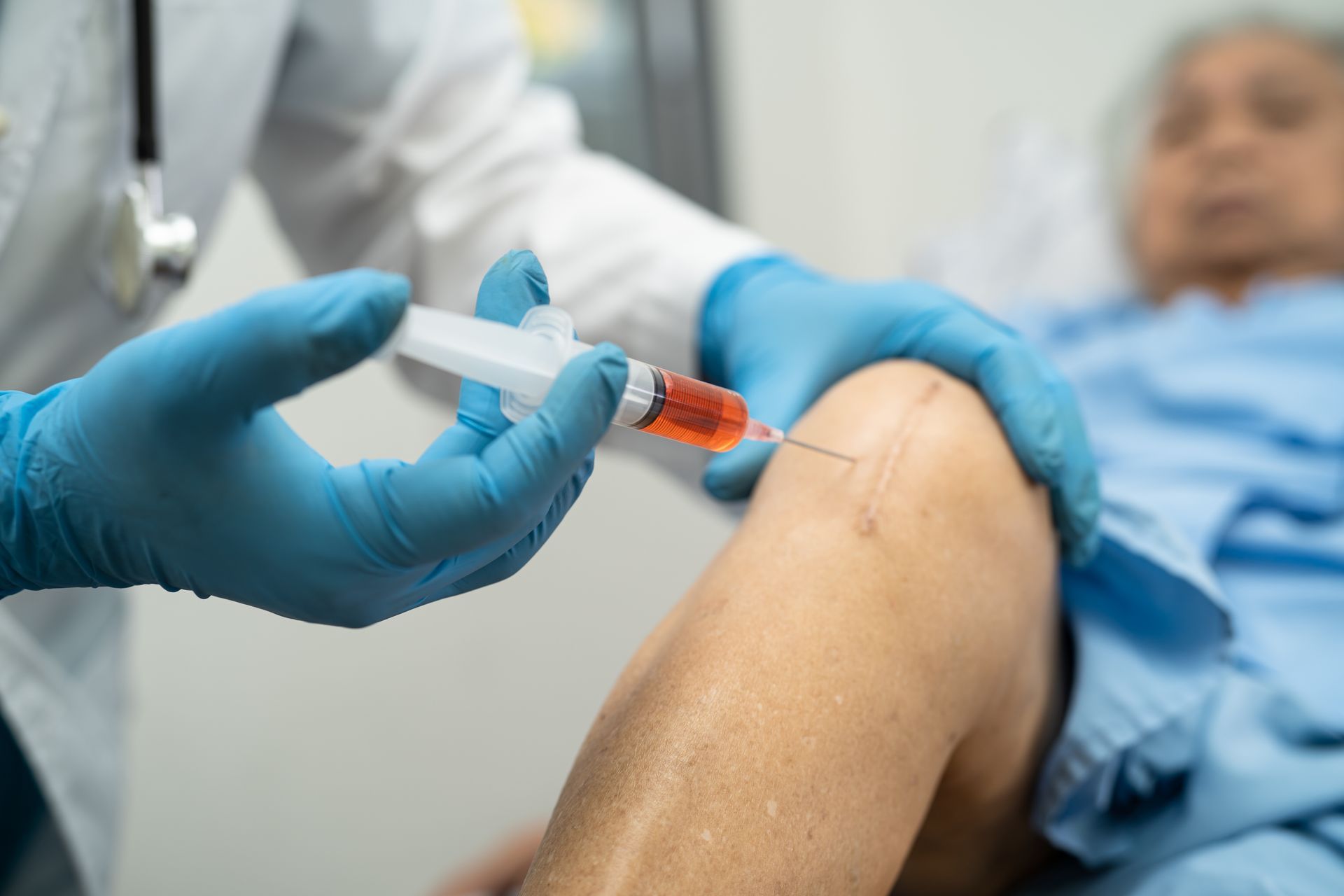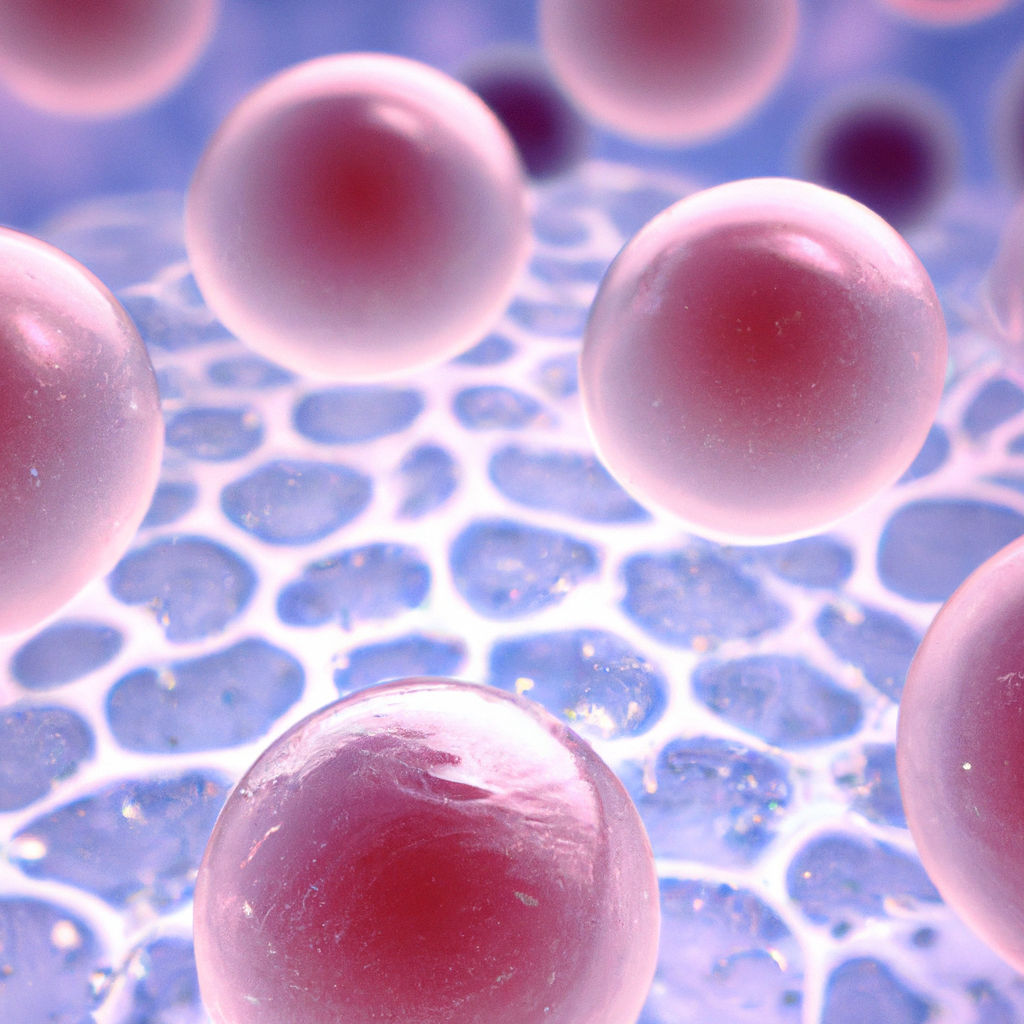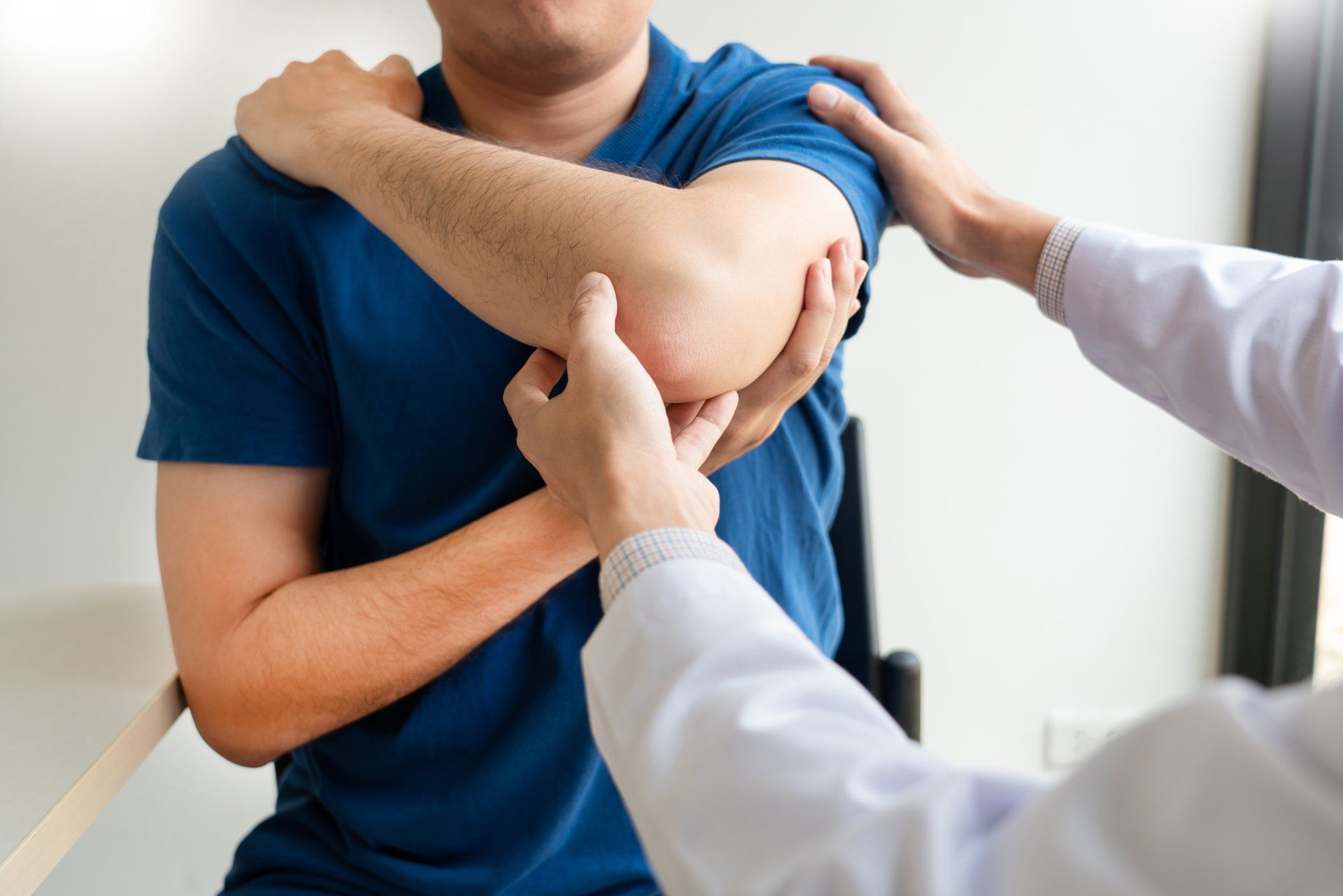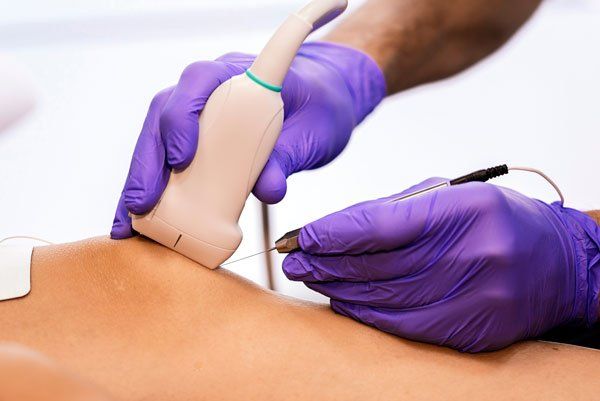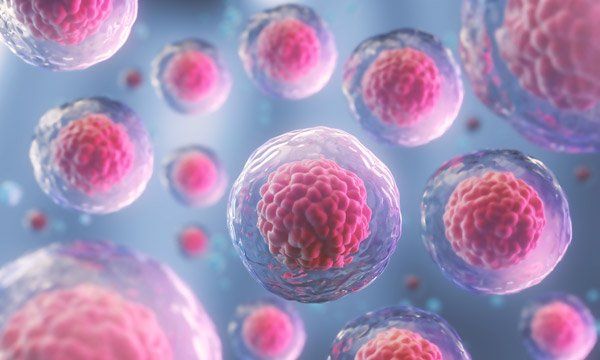What is Platelet Rich Plasma (PRP) Therapy?
A Brief Understanding of PRP for Joint Pain
How does Platelet Rich Plasma (PRP) work?
Platelet Rich Plasma (PRP) therapy is highly popular due to its potential as a safe and natural alternative to surgery. Platelets are found in the blood and abound with growth factors and cytokines which can have a positive effect on inflammation, postoperative bleeding, infection, osteogenesis, wounds, muscle tears and soft tissue healing. In addition to these growth factors and cytokines, research suggests that platelets also release many signaling proteins that draw macrophages, mesenchymal stem cells and osteoblasts which could accelerate recovery with reduced pain or discomfort.
What Evidence Do We Have For PRP?
PRP techniques are increasingly used in orthopedic medicine. Clinical studies have reported that this regenerative medicine therapy can shorten recovery time, enhance bone strength, produce bone healing in a shorter time, decrease wound infection rates, and reduce swelling and pain. The lay person need only do a literature review for PRP research on Google Scholar to find hundreds, if not thousands of research studies to show its benefits in many areas related to orthopedic medicine.
PRP Has Been Used for How Long?
For decades it has been utilized to help treat tendinopathy. It began gaining traction in the early 90s as physicians observed positive results from concentrating a person's blood factors. Compared to prolotherapy which involves injected sugar solutions, PRP is more complicated and requires specialized equipment to do it properly. That said, many practitioners have found that it yields a more substantial response with fewer treatments and better tissue health than prolotherapy if done correctly.
Is There Tenderness After These Injections?
It is expected that pain for up to 3 days will follow the injection of PRP because it causes temporary local inflammation (constructive and healthy inflammation). There is, however, less discomfort after a procedure when platelet rich plasma is combined with reduced white cells (also called leukocyte-poor PRP) ask your doctor for more information).
What Should you Expect After an Injection?
It is important to note that NSAIDs should be avoided for about 10 days before and several weeks after the platelet rich plasma treatment to ensure the growth factors and inflammatory healing response are not hindered. A physical therapy program developed for each individual patient is essential for long-term success, being recommended before, and resumed seven to fourteen days following the procedure. Results depend on age, and severity of the condition treated, however, relief from pain can start two weeks after, with sustained relief often noticeable by twelve weeks.
Is it Safe to Use PRP?
The safety of platelet rich plasma has been well established, with no reports of severe adverse reactions found in scientific literature. As this treatment does involve a needle, there will always be a risk of bleeding, infection or injury to soft tissues. Patients should be made aware that this procedure is not a ‘time machine’- it's not possible for an aging knee to become the same as when it was 19 years old. It's also important to note that the rehabilitation process before and after the injection is just as important as the process itself, and in some circumstances, may mean that with the PRP injection, it creates a synergistic effect that is very powerful.
Spectrum Stem Cell & Regenerative Medicine Center Can Help: Send an appointment inquiry online or call 262-202-8312 to learn whether PRP or cell-based treatments are right for you.
Research Citations:
Arnoczky, Steven P. DVM*; Shebani-Rad, Shahin MD, MS†. The Basic Science of Platelet-rich Plasma (PRP): What Clinicians Need to Know. Sports Medicine and Arthroscopy Review 21(4):p 180-185, December 2013. | DOI: 10.1097/JSA.0b013e3182999712
Rubina Alves, Ramon Grimalt; A Review of Platelet-Rich Plasma: History, Biology, Mechanism of Action, and Classification. Skin Appendage Disord 16 January 2018; 4 (1): 18–24. https://doi.org/10.1159/000477353
Foster TE, Puskas BL, Mandelbaum BR, Gerhardt MB, Rodeo SA. Platelet-Rich Plasma: From Basic Science to Clinical Applications. The American Journal of Sports Medicine. 2009;37(11):2259-2272. doi:10.1177/0363546509349921

